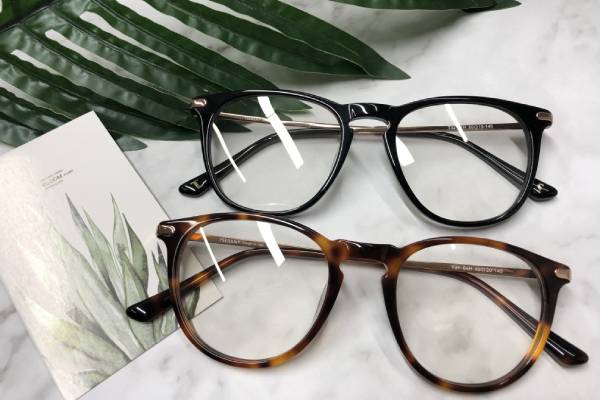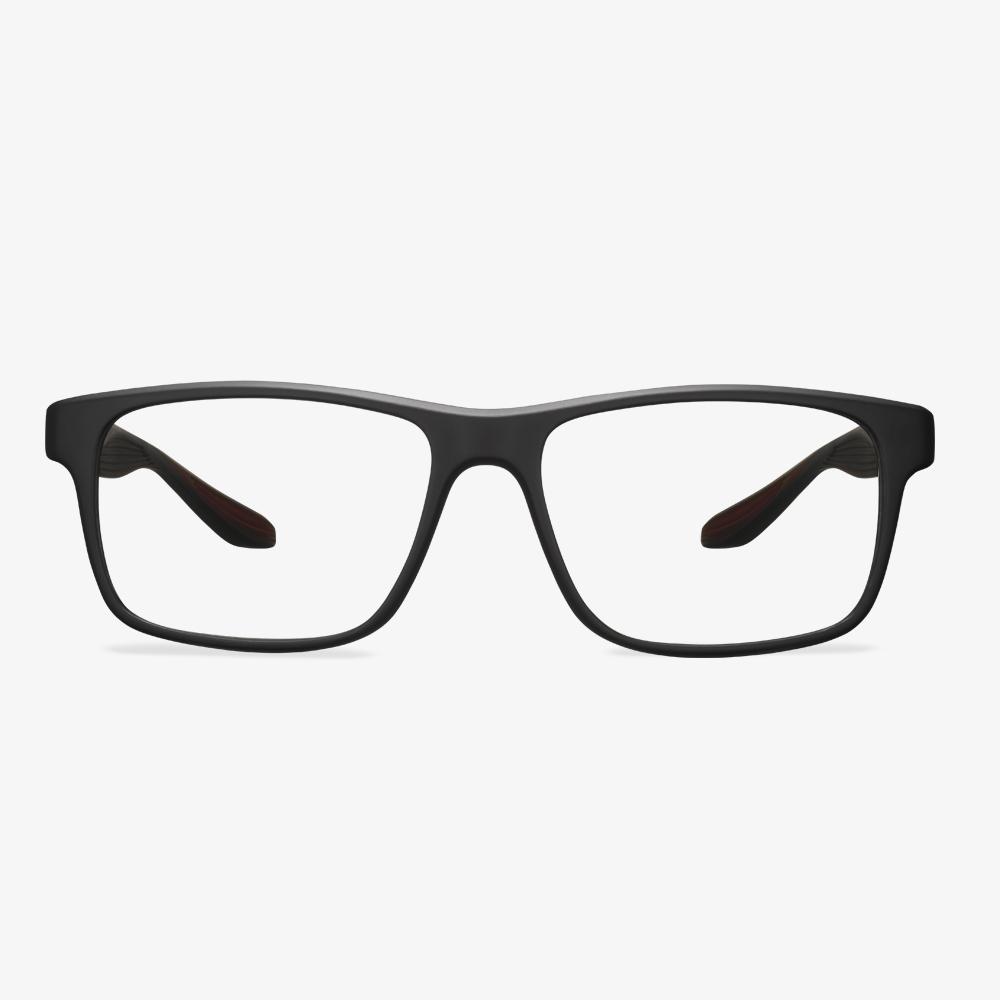Standard vs Premium Progressive Lenses: What Are Their Differences
In the above part, we have introduced some basic information about standard and premium progressive lenses. So, what are their differences? In this section, we will show them.
Compared with premium progressive lenses, standard progressive lenses require large frames. Otherwise, you will limit your near vision. On the contrary, if you prefer small and less noticeable frames, premium progressive lenses are the better choice.
Compared with premium progressive lenses, standard progressive lenses are cheaper. For most people, standard lenses are affordable.
Compared with premium progressive lenses, standard progressive lenses are suitable for most people including children.
Premium progressive lenses are customized to your eyes and offer a wider viewing area than standard lenses.
Choose polarizer for fishing
It is best to choose a polarized lens for fishing to filter out the reflections on the water surface. If it is myopia, it is best to choose polarized sunglasses with myopia function according to your own eye conditions. Generally, shops in the glasses city can customize such glasses. There are also special fishing glasses that can eliminate the scaly light on the water surface so that the angler can see the fish hooked.
BLUPOND night driving glasses
TAC Semi-polarized Blue light goggles are designed to change your perspective to yellow with computer blue light polarization. Anti-glare high-definition vision blue-blocking glasses protect eyes from blue light and reduce the contrast of bright blue/white glare and flash. The anti-glare night glasses limit distortion. In addition to polarized driving glasses, you can receive a night vision glasses accessory set, with the EVA glasses hard case, screwdriver, sunglasses bag, microfiber cleaning cloth, glasses clip, and night driving glasses gift box.
Are titanium glasses frames worth it?
The maintenance cost of prescription titanium glasses is low. Apart from the durable feature, they hold their shape. It doesn't break on the ground. Even if the lens breaks, the frame will not break. You just need to replace the lens, do not have to pay for a new one. In other words, you don't have to spend a lot of time taking care of them, and you can make sure they last for years. It doesn't make your allergies worse and lasts for years. If you've ever broken a glass frame, titanium might be the perfect material for you.
How to Adjust Crooked Glasses
If one side of your frame looks higher than the other, you need to adjust the arms of your glasses. So, how to adjust glasses?
If the right side is higher than the left, you need to gently bend the left arm down at the hinge or where the arm bends behind your ear. If the left side is higher than the left, so just do the same action on the opposite side.
When adjusting crooked glasses, you need to adjust frames a little bit at a time to avoid overcompensating and possibly damaging your glasses. You can run the arms under the warm water but do not running the warm water over the lenses because it will affect the lens coating.
How to Tell If Your Progressive Lenses Are Correct?
When you can’t read with your progressive glasses, you can try this way. Hold something you want to read in your hands and lower your look with your eyes. But please note do not move your chin down as you look down. Then look down at something to read but do not lower your chin. Look at something you want to read. Rotate your head to the left and right and right with one eye at a time. If you can read in a rotated position, the reading zone is out of place. If you can’t read at all, the progressive glasses may be wrong.
Why the lens coating is not uniform?
Sometimes we find differences in the color between the convex and concave surfaces, between the center and the edge of the lens, and the anti-reflection effect between the convex and concave surfaces. his is mainly because the lens coating is that it is plated on one surface and then turned over to another surface. And Areas with small curvature changes are easy to coat. So the center of the lens has reached the desired thickness of the film but the edge has not. At the same time, the different curvature of the convex surface and concave surface causes the different coating speed. So the surface of the lens will show green in the center and lavender red or some other color at the edges.











































